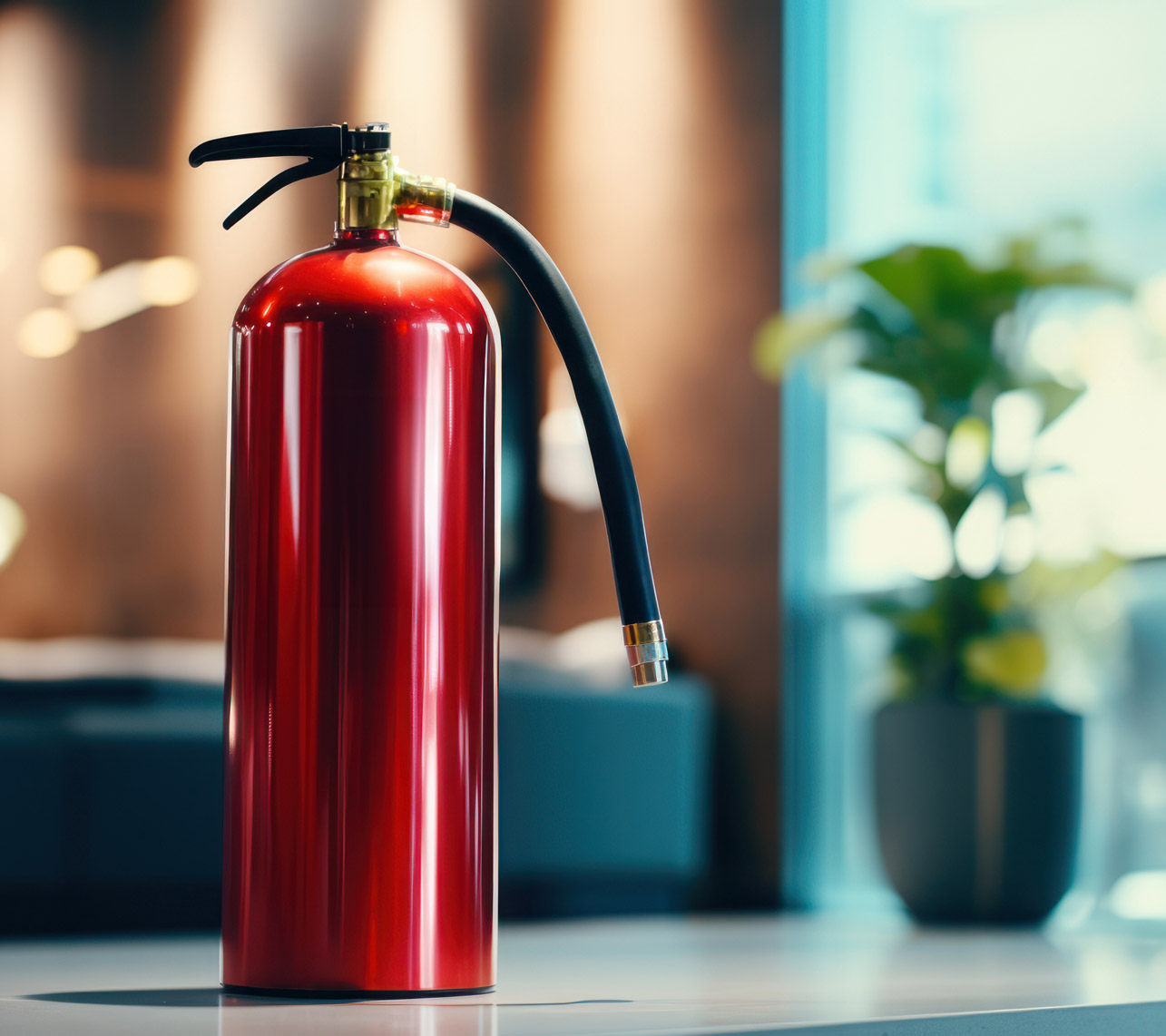
Today, work environments are more complex than ever, meaning that basic fire safety knowledge isn’t enough. Advanced fire warden courses play a crucial role in workplace safety management, equipping individuals with the expertise needed to prevent, manage, and respond to fire emergencies effectively. These comprehensive chief warden training programs go beyond the basics, delving into advanced techniques, leadership skills, and the latest fire safety technologies.
By investing in an advanced fire warden training course, organisations demonstrate their commitment to protecting their staff, assets, and reputation in the face of potential fire hazards.
What to expect from an advanced fire warden course
Data shows that in Australia, workplace fires account for 2,500 incidents every year. This shows the critical need for businesses to have trained fire wardens who know how to react to fire emergencies. Here are a few outcomes you can expect from advanced fire warden training courses.
Better emergency and false alarm prevention
Participants learn to identify and mitigate potential fire hazards in various workplace settings. The course covers best practices for maintaining fire detection systems, storage of flammable materials and educating staff on fire prevention. You’ll also learn strategies to minimise false alarms, which can lead to complacency and unnecessary disruptions. This knowledge is crucial for creating a safer work environment and ensuring the reliability of your fire safety systems.
Improved emergency communication
Participants gain in-depth knowledge of fire alarm systems, emergency lighting, and voice evacuation systems. The course covers the operation, testing, and maintenance of these critical systems. You’ll learn to use advanced communication tools such as two-way radios, emergency notification software, and building management systems. Understanding these systems is vital for coordinating rapid, efficient responses and ensuring clear communication among all stakeholders.
Effective fire plans and procedures
Participants learn to create, implement, and maintain effective fire emergency response plans. The course covers risk assessment techniques, evacuation route planning, and establishing clear chains of command. You’ll also learn how to conduct regular drills and exercises to test and refine these emergency plans. This knowledge ensures that your organisation is well-prepared to handle fire emergencies swiftly and efficiently, minimising potential harm to people and property.
Improved emergency planning
These courses also focus on developing emergency plans and procedures tailored to specific workplaces. Participants learn to create, implement, and maintain effective fire emergency response plans. Learn risk assessment techniques, evacuation route planning, and establishing clear chains of command. You’ll also learn to conduct regular drills and exercises to test and refine plans. This knowledge ensures that your organisation is well-prepared to handle fire emergencies.
Alerting and reporting about emergencies
Participants learn effective techniques for raising the alarm, using various communication systems to alert building occupants and emergency services. The course covers protocols for providing clear, concise information during emergency calls. You’ll also learn about post-incident reporting procedures, including documenting the event and contributing to investigations. These skills are essential for initiating rapid responses and facilitating continuous improvement
Liaison with emergency services
These courses also prepare participants to effectively liaise with emergency services during and after fire incidents. You’ll learn protocols for communicating with emergency responders, ensuring they receive accurate, timely information. They also cover techniques for providing building layouts, locations of hazardous materials, and other critical details. Learn about post-incident cooperation, including assisting with investigations and implementing recommendations.
Why choose Pre-Empt for your fire extinguisher testing training?
At Pre-Empt, we understand that every workplace has unique challenges. That’s why we offer chief fire warden training courses that address the specific needs of your organisation. Our advanced curriculum is regularly updated to reflect the latest industry standards and best practices, ensuring you receive the most current and relevant training.
We pride ourselves on our practical, hands-on approach to learning. Our state-of-the-art training facilities and advanced simulation technologies provide a realistic environment to develop and test your skills.
FAQs

How long does the advanced fire warden training take to complete?
The duration of the advanced fire warden course varies depending on the specific needs of your organisation. Typically, the course combines classroom sessions with practical exercises. We also offer flexible scheduling options to minimise disruption to your workplace operations.
Is this fire warden training course suitable for beginners?
While advanced fire warden training courses build on basic fire safety knowledge, it is designed to be accessible to individuals with varying levels of experience. If you’re new to fire safety, start with an introductory course before progressing to the advanced level.
How often should fire wardens undertake advanced training?
It’s recommended that fire wardens refresh their advanced training every 2-3 years to stay updated with the latest techniques and regulations. However, if there are significant changes in your workplace or fire safety legislation, more frequent training may be advisable.


